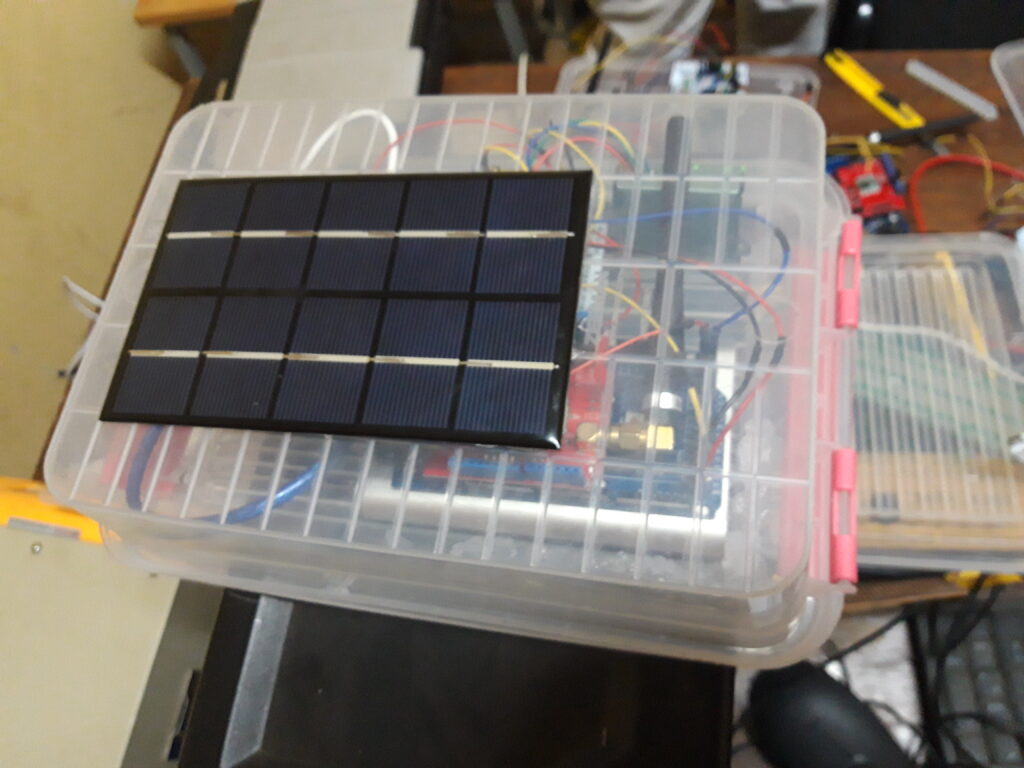Over the past four years, I have built a low-cost particulate matter (PM) sensor system from scratch, and tested it under various situations in Ethiopia. Together with Afework Tademe, a colleague from Electrical and Computer Engineering, I have written an article on this low-cost sensor system, which is now published by the Clean Air Journal.

The publication covers use of the sensor system across fourteen locations for more than 30,000 hours combined. In the publication, we openly share the system design. All data and materials supporting the publication are available in an OSF repository. We also show results of data quality validations. These validations included collocation of multiple sensors and gravimetric measurements.
It is not our intent to create and share the best sensor system. Rather, we want to show that a sensor system can be built locally, with two main benefits: lower costs and local experience training. Furthermore, we fill a gap in local validation of low-cost sensors. Several types of low-cost sensors are being used on the African continent. However, field validation under circumstances common to a country like Ethiopia are extremely limited. Up to my knowledge, we are the first to share validation of the Sensirion SPS30 with gravimetric measurements under high concentrations (inside kitchens with biomass fuel) and ambient concentrations in Ethiopia – or even Africa. Or, more correctly, we fill part of the gap. I want to add (much) more validation measurements. Some of this is ongoing. Currently, an MSc student compares my sensor systems with gravimetric measurements in Addis Ababa and Adama.

